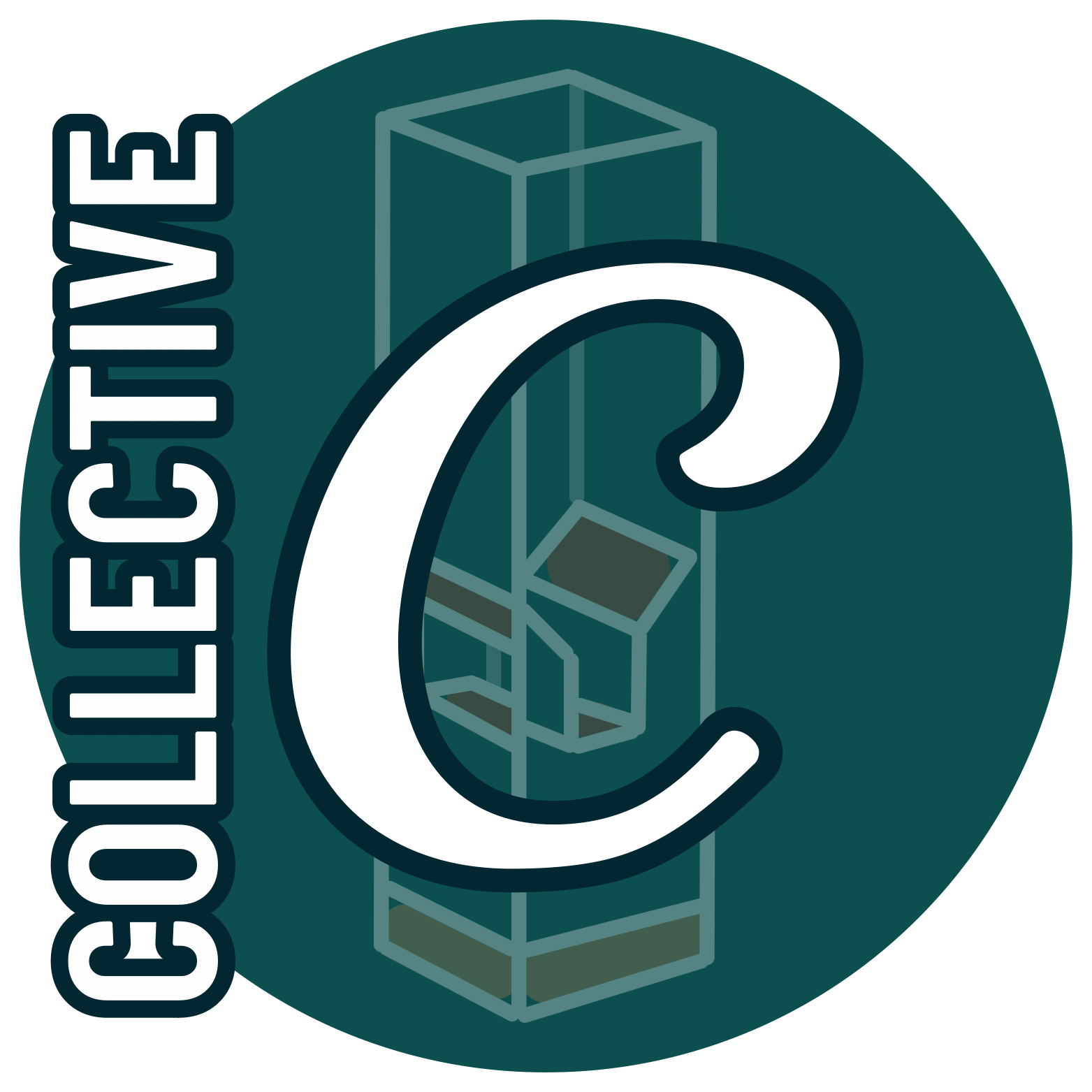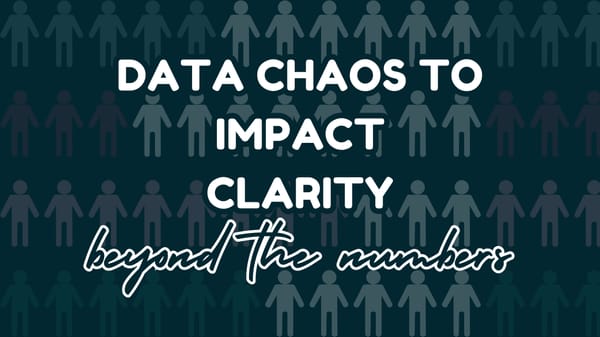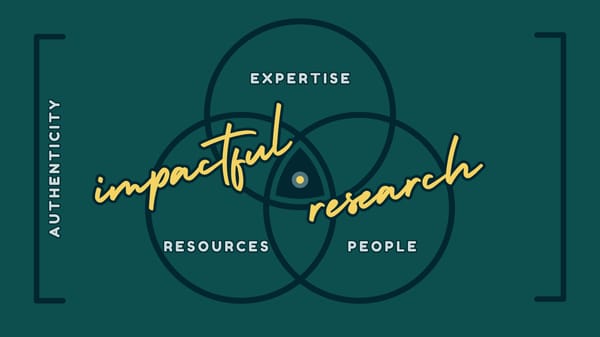Welcome back to this series on academic publishing.
Last time, we investigated academic publishing, uncovering an exploitative model where:
- Taxpayers fund research, for which...
- Universities pay exorbitant fees to access, so that...
- Researchers can (without direct compensation) write the research...
ALL FOR PUBLISHERS TO PROFIT.
We asked, “Why would taxpayers, governments, universities, and researchers continue to participate in this academic publishing model?”
This week, we will also examine:
What role does prestige have in perpetuating this exploitative system?
🔊 If you prefer listening to reading, this content is available on our podcast:
Why would taxpayers, universities, and researchers continue participating in academic publishing?
There are several reasons why the current unsustainable academic publishing model persists and is supported by stakeholders such as researchers, taxpayers, universities, and governments.
Let’s start with taxpayers.
Some taxpayers are unaware of the exploitative nature of the academic publishing industry.
When I explain that I don’t earn income from my published research papers, my family often communicates confusion and concern.
After all, they are more accustomed to publishing models wherein the content producers are paid [list of like every other publishing system].
I, too, am often unaware of how public funding is used in my country.
Side note: In researching this newsletter, I did find USASpending.gov a helpful resource for those in the US.However, public awareness has risen, given discussions and critiques of academic publishing and the open-access movement.
How about the government?
Publishers spend over $250,000 on lobbying to maintain the status quo, and long-established practices are challenging to change quickly in complex systems like academia and government.

One of the most significant barriers to reform is envisioning and developing a viable alternative to the status quo.
- Moving to open-access models has upfront costs that give policymakers pause.
- Publishers claim immediate open access will undermine quality, although evidence disputes this.
- Research funders, universities, and governments struggle to act in concert to demand change.
However, several countries and institutions have refused to renew subscriptions with for-profit academic publishers like Elsevier due to concerns about high costs, limited access to research, and the exploitation of academic labor. The US issued guidance to make federally funded research freely available by 2025.
Researchers and their universities?
The stand-off between UC Berkeley and Elsevier initially led to the termination of subscriptions. Eventually, it resulted in a deal that promoted open access and reduced costs for the university.
There are two main reasons why universities perpetuate exploitative publishing:
- Academic institutions need journal access for their researchers and students, which is crucial for their work and studies.
- Breaking a long-term subscription contract with or coordinating with other institutions to demand change from one of the five journals with consolidated power in disseminating research can be almost as costly as the library subscription institutions pay.

- Why? Access to academic journals is vital for researchers and students to stay informed, produce high-quality research, and advance their careers.
- Why?? For researchers, publishing in “reputable” academic journals is often a requirement for grant funding and promotions.
- Why??? Because publishing in “reputable” academic journals significantly enhances a university's reputation and capacity to secure funding for future researchers.
- Why???? Perceived reputability and visibility or citations are often equated with good quality research, which can lead to a situation where the journal in which the research is published becomes more critical than the content of the research itself.
- Why?????? Because top journals have consolidated power over what is perceived as reputable or quality research through Journal Impact Factors, rejection rates, and unpublished peer reviews. As a result, the journal in which research is published is often the only means researchers have to gauge the quality of the work. This, paired with the “publish or perish” culture of academia, can create a focus on publishing frequently in prestigious journals, potentially at the expense of the quality and impact of the research.

For universities and researchers, chains to academic publishing are made of prestige.
Many institutions strive for recognition by teaming up with influential publishers, and researchers are motivated to publish eye-catching, small-scale discoveries in top-tier journals to advance their careers. This focus on journal metrics and citations as quality indicators skews research evaluations and restricts the spread of rigorous work.
Researchers are compelled to participate because their funding, tenure, and promotion prospects hinge on publication in prestigious journals. We justify it, seeking the prestige we’re told matters so we can continue studying what we love. However, 80% of journal income comes from library subscriptions, not citations. Academics provide over $6 billion in free labor annually to publishers that profit from their need for status.
These limitations and incentives create hurdles for institutions and researchers to advocate for change.
How does this impact stakeholders (taxpayers, students, researchers, the public) and science?
Stakeholders
Unfortunately, the current publishing system is designed to operate in a way that inhibits progress and sustains itself through bias and gatekeeping. This is evident in that over 90% of submissions are rejected by "prestigious" journals, and 62% of researchers have declined papers due to "lack of novelty."
The hierarchy within academia enables senior faculty to limit unconventional perspectives from junior researchers and marginalized groups through biased peer review.
- Researchers are pressured to publish frequently, which can undermine quality and lead to exploitation with no compensation.
- Students have limited access to research, hindering their learning and exposing them to biased research agendas.
- Due to paywalls, practitioners in fields like medicine are prevented from accessing the latest findings.
- Departments and institutions waste resources on high subscription costs, undermining their knowledge dissemination mission.
- Taxpayers have limited returns on their investments due to publicly funded research being locked behind paywalls.
The current publishing system is unethical and distorts incentives away from quality, integrity, and public benefit.
Science
In science, the current publishing system obstructs open dissemination and collaboration, encourages conservatism and hype in research practices, distorts evaluation based on journal brands rather than merit, and diverts resources away from research to sustain publisher profits. Reforming publishing to prioritize access, sharing, and open evaluation could realign incentives with scientific progress.

Academic publishing is broken. This system has become knowledge for profit rather than scientific progress. But if we understand how it works, we can dismantle it and create something better.
Next week, we will discuss what researchers can do to resist from within and from without the academic system.

References & Resources:
- University of California’s showdown with Elsevier aims to change scholarly publishing for good. (2019, July 18). Nature Index. Retrieved from https://www.nature.com/nature-index/news/university-of-california-showdown-biggest-academic-publisher-elsevier-change-scholarly-publishing
- Morrison, H. (2023, September 23). The US has ruled all taxpayer-funded research must be free to read. What's the benefit of open access? The Conversation. Retrieved from https://theconversation.com/the-us-has-ruled-all-taxpayer-funded-research-must-be-free-to-read-whats-the-benefit-of-open-access-189466
- Flaherty, C. (2022, September 12). Who'll pay for public access to federally funded research? Inside Higher Ed. Retrieved from https://www.insidehighered.com/news/2022/09/12/wholl-pay-public-access-federally-funded-research
- The White House. (2022, August 25). OSTP issues guidance to make federally funded research freely available without delay. Retrieved from https://www.whitehouse.gov/ostp/news-updates/2022/08/25/ostp-issues-guidance-to-make-federally-funded-research-freely-available-without-delay/
- National Institutes of Health. (2016). How to comply with the public access policy. PubMed Central. Retrieved from https://www.ncbi.nlm.nih.gov/pmc/articles/PMC4837983/
- National Institutes of Health. (2014). Public access policy. PubMed Central. Retrieved from https://www.ncbi.nlm.nih.gov/pmc/articles/PMC3999612/
- Open Society Foundations. (n.d.). What is open access? Retrieved from https://www.opensocietyfoundations.org/explainers/what-open-access
- Eisen, M. (2013). How academic science gave its soul to the publishing industry. Issues in Science and Technology, 29(3). Retrieved from https://issues.org/how-academic-science-gave-its-soul-to-the-publishing-industry/
- The White House. (2014). Expanding public access to the results of federally funded research. Retrieved from https://obamawhitehouse.archives.gov/sites/default/files/microsites/ostp/scholarly-pubs-%28%23314%29%20minnesota.pdf
- American Journal Experts. (n.d.). The importance of academic publishing and the open access evolution. AJE. Retrieved from https://www.aje.com/arc/the-importance-of-academic-publishing-and-the-open-access-evolution/
- National Institutes of Health. (2017). Public access policy compliance monitoring. PubMed Central. Retrieved from https://www.ncbi.nlm.nih.gov/pmc/articles/PMC5346893/
- Frontiers. (2022). The future of research management and administration. Frontiers in Research Metrics and Analytics. Retrieved from https://www.frontiersin.org/articles/10.3389/frma.2022.822453
Next: Rethinking academic publishing 🏫
How could academic publishing be reformed to benefit the science, the scholars, and the institutions?
Click to Access ➡️About Cuvette Collective:
Cuvette Collective represents a community of educators and scientists dedicated to empowering the societal impact of STEM research.
We provide tailored tools, strategies, and insights to help scientists craft authentic, impactful broader impact plans that align with NSF priorities and their research focus.
Our engaging blog posts, interactive resources, and personalized consulting services support researchers in leveraging their scientific expertise to make a meaningful difference in society.
How to get involved:
1️⃣ Subscribe to our blog for the latest tips and insights.
2️⃣ Apply to participate in the Broader Impacts Excellence Program.
3️⃣ Reach out and let us know how we can help to enhance your broader impacts efforts.








Member discussion